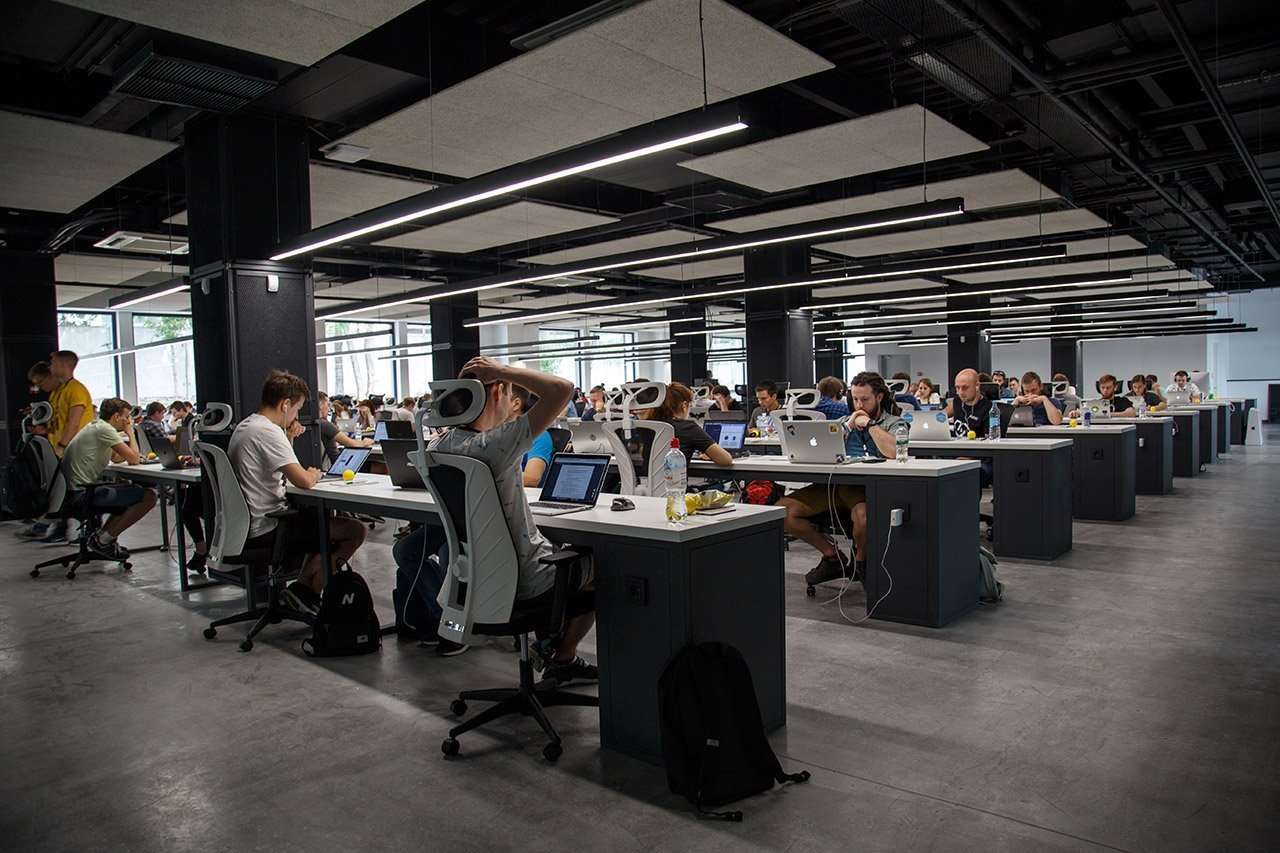Although they are often used together, there are important differences between “training” and “development”. So much so, that knowing the particularities of each one could help to set priorities and strategies within your company’s human resources department.
These are the four differences that will help you to distinguish between these two concepts and which must be taken into account when talking about training or development:
1. Short term vs. Long term
Some human resource experts explain the differences between training and development very simply: the first thinks about the present and the second about the future.
In general, training faces an immediate challenge and teaches the knowledge or skills needed by company employees in a short period of time (one day, one week, several months). It is all about “here and now”. It could be a course to improve the communication skills of employees, a conference to explain the protocol for returning a product or a class to use the Excel program.
On the other hand, development focuses on the long term. Human resource managers propose a strategy to put in place over several months or years, comprising a set of initiatives that are expected to bear fruit over a long period of time. It is a continuous process in which you are trying to develop professionals in their next step or their next position of responsibility.
2. Job position vs. Professional career
Due to its precision and commitment to the short term, training is designed for a specific job position. It seeks to provide professionals with tools and skills, taking into account the work that they will be doing at the company.
However, development focuses on the person: its objective is to get the best out of each professional in the company, identifying their interests and the fields in which they can more easily progress. If training focuses on a job position, development puts the emphasis on building a successful professional career.
3. Specific objectives vs. Open objectives
In training, the objectives are specific and well defined: learning how to use a program, obtaining a certain personal skill, or teaching the new protocols put in place by the company.
When we talk about development however, the objectives are always much broader and can cover all types of knowledge and skills. Compared to training, development is less tangible and often focuses on philosophical issues, changing habits, and improving skills. Not only that, but objectives can be changed over time and completed according to the new demands of the market or the company.
4. Group vs. Individual
Training tends to be an initiative designed by a company and taught by a tutor or expert. The company pays for the expenses and organizes the courses, decides what sort of tools its employees should use, and sets the guidelines to follow in all the training activities. These initiatives are often taught in a group (a department, people who have recently joined the company, etc.).
However, with development, the emphasis is put on the individual. Development programs are often personalized and the person who is ultimately responsible is the employee. In this case, the most important focus is not on lessons taught by a tutor, but rather on the self-learning process and progress that must be taken on by the professional.
¿De cuánta utilidad te ha parecido este contenido?
¡Haz clic en una estrella para puntuarlo!
Promedio de puntuación 0 / 5. Recuento de votos: 0
Hasta ahora, ¡no hay votos!. Sé el primero en puntuar este contenido.









